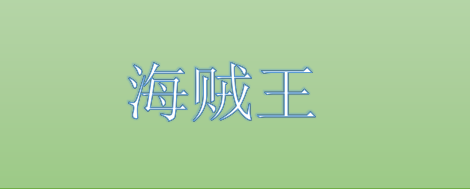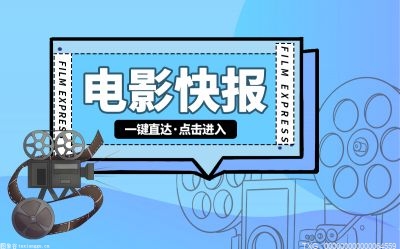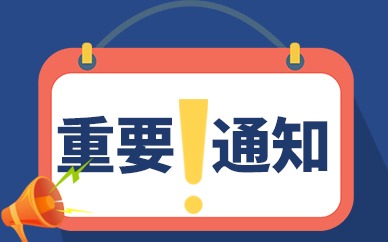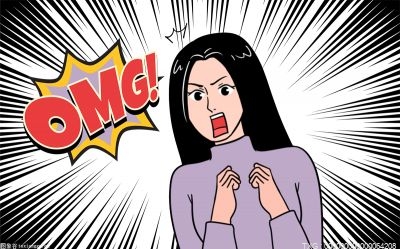Successful Animator Traits
成功动画师的特点
最近在Sony的《蜘蛛侠:纵横宇宙》的项目里,大家在开会的时候有过一些讨论,关于如何在做动画镜头的时候,更有效率,避免陷入到挣扎的深渊里面。下面是一些总结的文字,我把他们翻译加上了一些描述,分享给大家,希望大家喜欢。
翻译:
通过观察比较我们的团队中那些最优秀和成功的动画师,和那些表现很挣扎的动画师,我们注意到,无论表现好的还是表现挣扎的,他们都有一些共同的特征,于是我们打算把这些经验分享给大家。下面这个表格就是分别关于成功的动画师和痛苦的动画师的一些方法总结。希望,它可以帮你在做动画的时候更顺利,并且避免一些误区。
成功的动画师
·明白对于他们的镜头、作品的反馈和批评只是针对他们的作品和镜头,并不是针对个人的批评(对事不对人)。
·把动画镜头作为自己的作品看待,自己对镜头有所有权,而不仅仅只是把动画镜头视为项目的一部分,并且优秀的动画师明白他们的动画也要同时服务于整个电影最好的效果(你的镜头是你的作品,你要为自己的作品付出努力,但同时也要照顾整个项目的效果,在不需要太多内容的时候没有必要做太多内容)。
·无论动画镜头的内容是什么样的,优秀的动画师总是会想办法做更好的表演,更好的镜头效果。当拿到一个比较简单没什么内容的镜头的时候,优秀的动画师总是会努力把这个简单的镜头做得比它看起来更出彩。
·把动画组长和总监看作是帮他们作品变得更好的朋友,让镜头更容易通过的一种帮助资源。
·当新到一个项目的时候,优秀的动画师在前几周会参与到总监和导演的镜头会议里面,通过这些会议来收集信息,来学习,并且也会通过对比那些通过的镜头来学习标准和风格要求。(不要闭门造车,多去看看镜头会议,多看看一些其他人做得镜头,通过观察、模仿别人来学习,事半功倍)
·在开始一个镜头的时候,好的动画师总是会先看看导演对于动画场次阐述的视频,或者参与到动画场次阐述/讨论的会议里,他们也会先看看故事板,通过这些方法,动画师一开始就有比较清晰的思路。
·会跟其他人或者组长讨论这个镜头的一些想法,把他们的想法比较,并且加入到自己的想法里面。并不是说你接受了别人的想法,这个镜头就算是别人的镜头了,别担心,这镜头依然是你的镜头。
·在开始做镜头之前,会通过口头描述,画草稿,拍参考,找参考来阐述一下自己要怎么做这个镜头,(这非常重要,第一轮展示最好不要做blocking,只是通过这些方法来展示自己大概的想法)通过这样的方法往往比一上来做一个blocking要快很多
·在一开始的时候,会检查这段场景的前后上下文内容,保证这个镜头有更好的连贯性,通过检查上下文和前后镜头,也会让你对这个镜头产生很多想法。
·通过做一个很简单的干净的blocking来表达自己对这个镜头表演的想法。不需要在这个时候做太多的breakdown和中间帧,把这个简单的blocking展示给导演看,保证自己的表演选择跟导演的想法不会差太多。
·早早展示,多展示自己的镜头进度。好的动画师不会在自己不确定这个镜头方向的时候,在镜头上画太多时间,保证镜头内容方向正确最重要,方向如果不对,就不要做太多。
·当得到导演的反馈的时候,把这些反馈当成是自己的反馈,把这个镜头朝着反馈的方向修改。而不会去抗拒抱怨。
·当在展示镜头会议的时候,如果有不清楚的地方,会主动直接跟总监和导演问问题,而不是等着组长来给你做解释。
·会把所有的反馈修改并且记在脑子里,把这些反馈要求运用在之后的镜头里。
·会检查镜头的截止日期并且会把在镜头上花掉多少时间时刻记在心里。
·在等待反馈的时候,也不闲着,会同时继续打磨镜头或者做其他镜头。
·与lead或者其他人表达自己的一些技术困难或者不清晰的地方,而不是一个人默默地受折磨,期待他人来帮助自己。
·对于同事,组长,总监,随时保持乐意沟通的态度。
表现挣扎地动画师
·在开始做一个镜头之前没有一个清晰明确的镜头想法
·展示镜头进度太晚
·当镜头方向被否定,要求换方向的时候,表现得不开心,生气
·故意停滞不前,拒绝改变镜头方向
·只修改一部分反馈,而不是修改全部
·向lead索要更好的镜头,而不是通过把手头的镜头做得更好来证明表现自己。
·认为镜头都有一个固定的标准,而不会精益求精把镜头做得更好。
·把lead和总监的反馈看作是一种对于自己完成任务,镜头通过的障碍。
原文:
After observing the most successful people on our crews and the people who’ve struggled the most we’ve noticed there were common traits shared within both groups. Listed below are the approaches of both successful and struggling animators. Hopefully, they help guide you to greater success and steer you away from some mistakes.
Successful Animator Traits
Understanding that critique of their work is not a critique of them as a personTake ownership of the work they are creating and realize their work has to serve the best interest of the film.Always bring the best performance they can regardless of shot content. When given a lower level shot, they often plus and promote it to a higher level by bringing a unique take or idea to the performance.View their Lead and Animation Supervisor as resources who can help improve their work and expedite approval.When new to the production they tend to gather information through attending rounds/director review for their first week or referencing approved shots so they can quickly pick up the style. Attend the sequence launch / watch the launch video, check storyboards and always start with a clear idea of a shot’s purpose.Generate ideas with their lead and others to add to their own ideas and realize the best idea wins. They know that whether it has been generated by themself or others, they get to take credit for executing the idea in shot.Verbalizing or showing their intended ideas before working in Maya. They thumbnail, draw, annotate, or vid reference to share their ideas as it is often quicker than blocking it.Check their work in context to avoid continuity errors as well allowing context to inform their ideas and choices. Create clean blocking with the least information needed to show their ideas and get performance buy off from the director.Show early and show often. They don’t work long on a shot without knowing they are going in the right direction.Move ahead with the director’s ideas as if they were their own when given changes.Ask questions if they are unclear while in rounds/director review rather than waiting to ask the lead for his/her interpretation.Remember and address all notes and annotations. apply that knowledge to future shots.Check due dates and are mindful of bid days and the time they’ve spent on a shot.Always stay busy while waiting for feedback or answers to questions.Communicate concerns/problems rather than suffering silently or hoping someone finds a solution.Maintains open communication with their Lead, Supervisor and coworkers.Struggling Animator Traits
Fail to have clear ideas or purpose before starting shots.Wait too long to show their ideas.Become/stay angry or defensive when given a direction change rather than moving on and executing the new direction.Hang on to and refuse to change their ideas when directed to do so.Inch toward a note rather than addressing it fully.Ask for better shots rather than proving themselves capable of doing shots requiring a higher level of performance.View a shot’s quality level as fixed rather than attempting to elevate it through their animation.View their Lead and Animation Supervisor impediments to their work and the director approving it.

















































